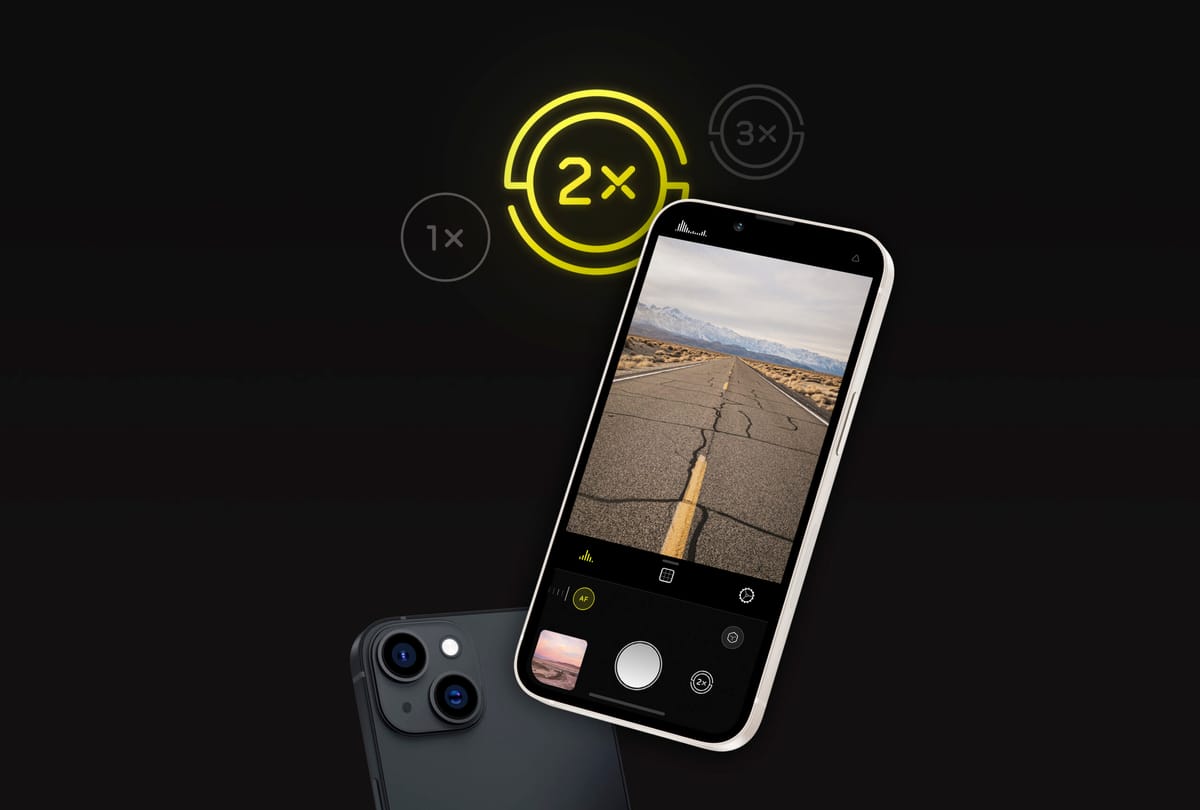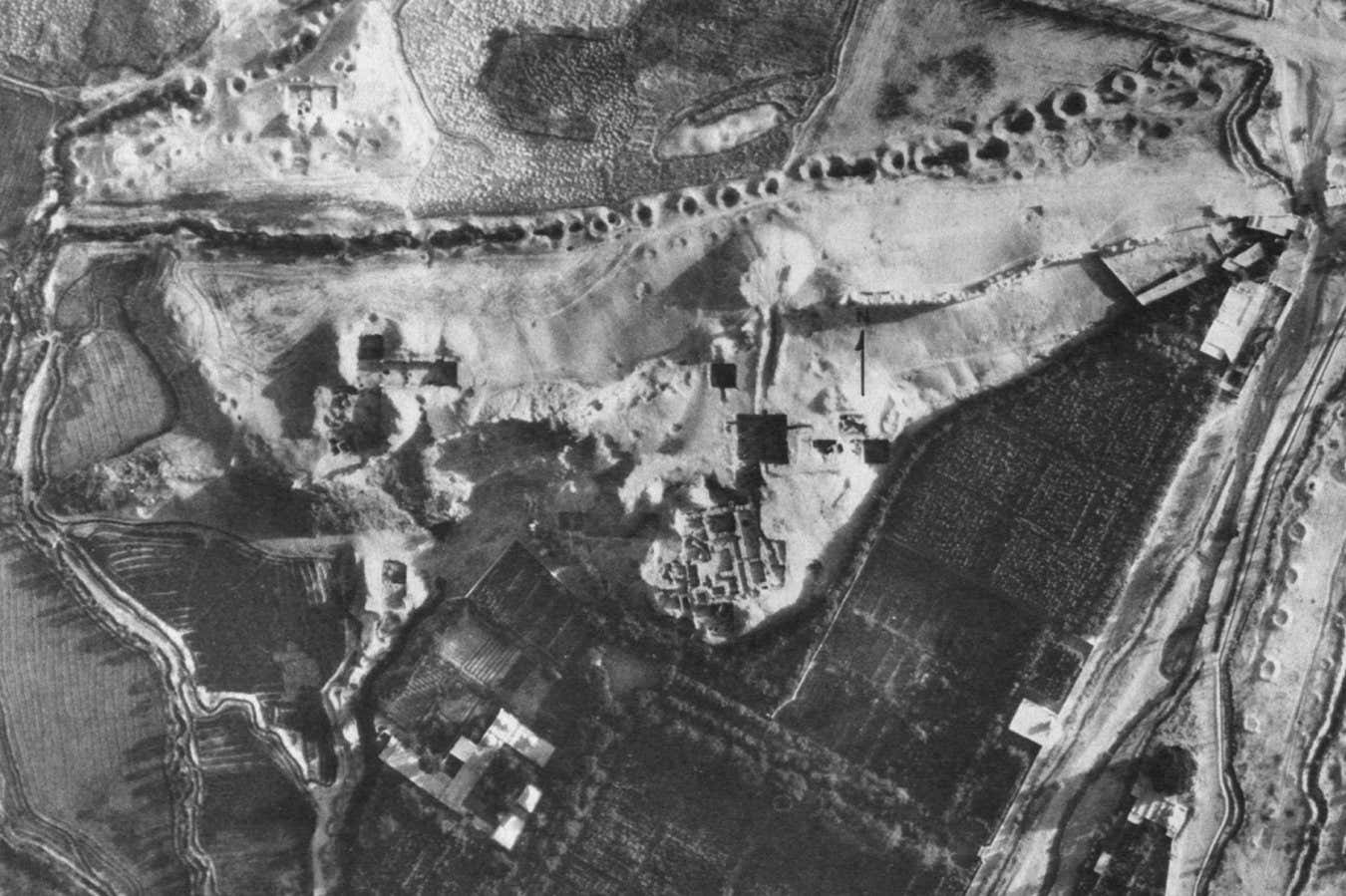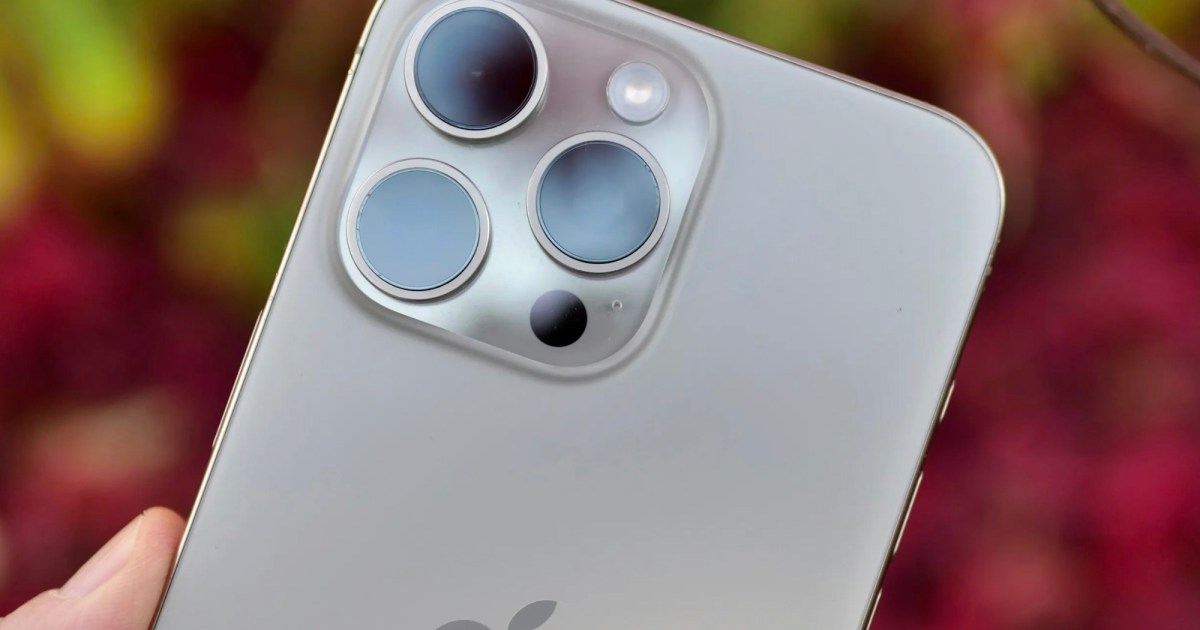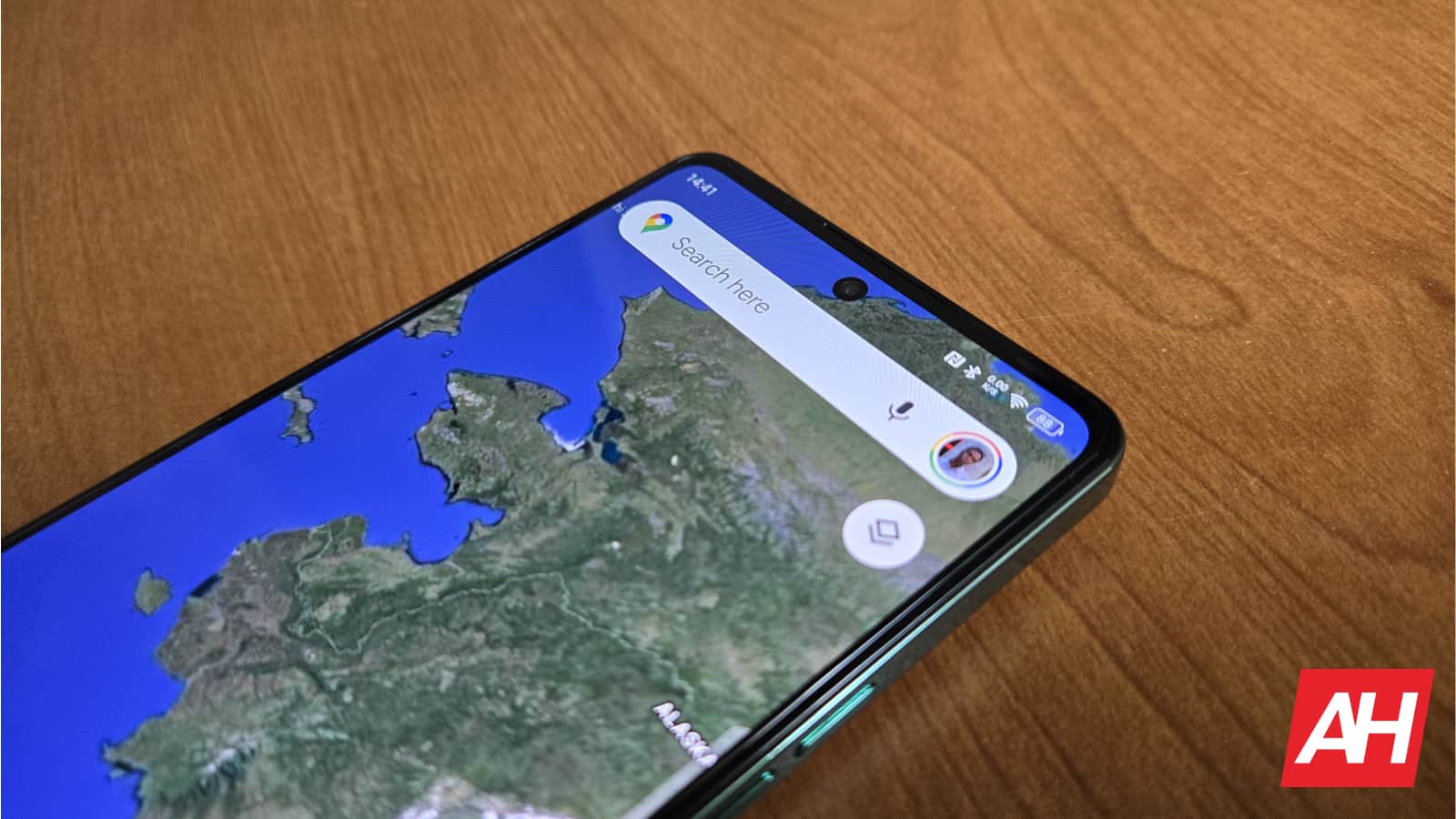The Huawei Watch D was one of the weirdest wearables of 2022, and now the airbag-packing, blood-pressure-tracking marvel is back.
Released this week as one of six new Huawei Watch models, the D2 builds on the ground-breaking blood pressure tracking of the first D model. In a world-first for any smartwatch, its ambulatory blood pressure monitoring (ABPM) system is now certified by China’s National Medical Products Administration and the EU’s Medical Device Regulation body.
The blood pressure monitoring tech is housed inside a revised chassis that’s slimmer and lighter than the original Huawei Watch D. Say what you want about the cool health tech, the last one was pretty ugly. The new version is a lot more Apple Watch-esque and features a 1.82-inch AMOLED display. While not a stunning design by any means, it’s at least more agreeable on the eye and a much less offensive housing for some otherwise smashing health gear.
The Huawei Watch D2 paradox

The advent of Huawei’s Watch D2 continues this device’s heritage as a bit of an enigma. Including blood pressure technology in a device the size of a wristwatch is a marvelous technological feat. Like the previous model, the D2 houses a narrow mechanical airbag in its strap, and on paper, this is the ultimate wearable for anyone with blood pressure issues.
However, Huawei remains banned in the U.S., vastly limiting its reach, and precluding the inclusion of Google‘s Mobile Services. As such, even where you can buy Huawei devices, the ecosystem is incredibly limited and requires the use of a lot of alternative services.
Still, Huawei has taken the best of the Watch D and repackaged inside a much more amiable second iteration. Sadly, it seems the innovative (and arguably life-saving) blood pressure tech will continue to be held back by Huawei’s usual issues.
Blood pressure monitoring in more mainstream smartwatch models remains out of reach. Behind the scenes, Apple has been working on blood pressure monitoring on the Apple Watch for years. Most recently Bloomberg‘s Mark Gurman reported that the Apple Watch Series 10‘s redesign caused a delay with the feature due to problems during testing. The best Apple Watch is now available in stores, with a new titanium finish and a larger display in tow, but no BP technology.































































































































You must be logged in to post a comment Login